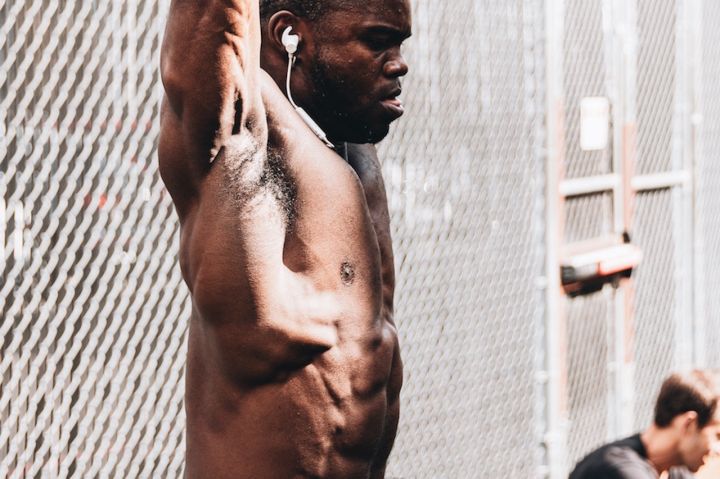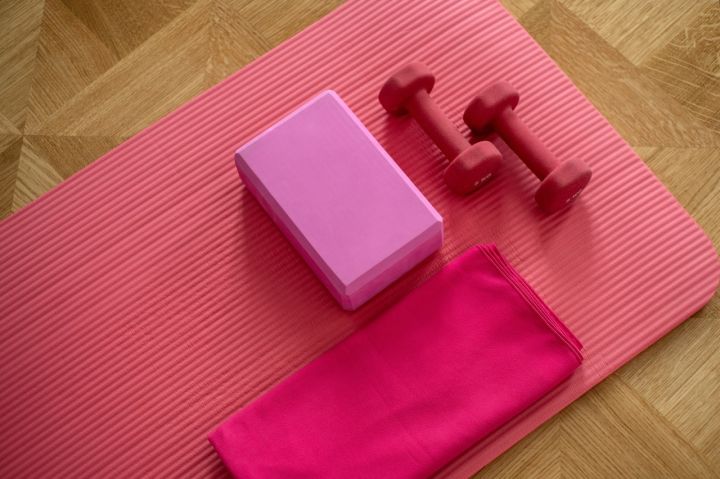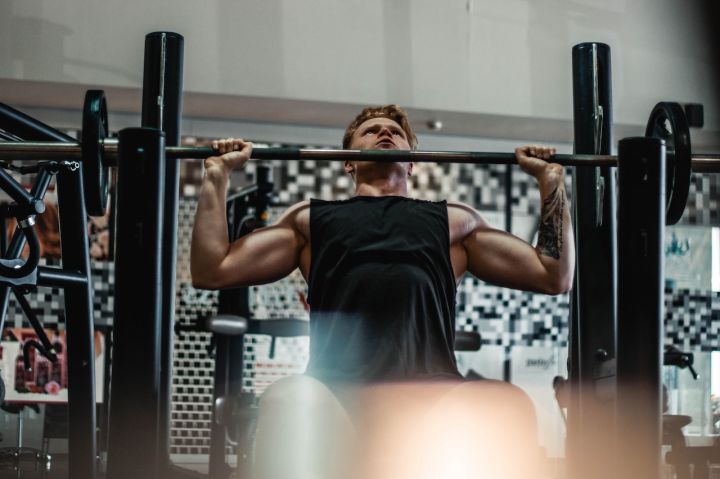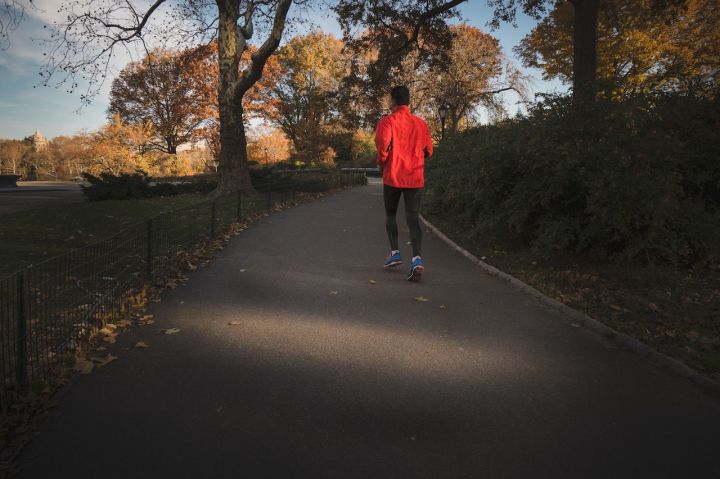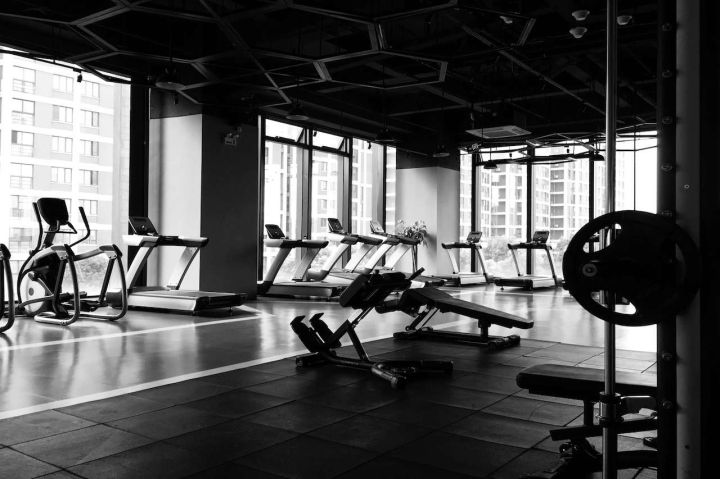today we are going to popularize the types of muscles, because a little friend asked to why his abdominal fat is so much, his calves are very thin, how to practice is very difficult to grow? As we said earlier in the day, muscles can grow through weight bearing exercises, but why is it so hard for some muscles to grow?

It's all about understanding the muscle fibres we are talking about today, and we all know about building muscle to keep the body functioning. But did you know that you are born with a certain amount of muscle fibres?
By understanding how muscles are actually constructed, you can better understand why certain exercises and workouts work well, and why some people are born with a tendency to develop muscle.

what are muscle fibres?
Remember learning some lessons about muscles in school biology lessons too? The human body is made up of many different muscles, but they can all be divided into three main groups: Cardiac muscle, smooth muscle and transverse muscle.
Both myofibrillar cardiac and smooth muscles are involuntary, which means that they function without conscious control. You will find cardiac muscle in the heart and smooth muscle in other organs. Transverse muscle is automatically controlled and, as the name implies, is attached to the skeleton.

muscle consists of myocytes (or more commonly known as myofibrils), long rod-like structures containing myogenic fibres, made up of different types of proteins. These proteins are divided into thin and thick filaments. When these thick and thin sections slide over each other, your muscles are able to contract.
When the skeletal muscles contract, this causes movement of the joints. You can try bending your arm now and feel the contraction of your biceps, they are able to do this because they are attached to the bone by tendons. Although all skeletal muscles have these properties, they can be further classified by muscle fibre type.

what are the different types of muscle fibres?
In addition to heart, smooth and transverse muscle, muscle fibres can also be classified into types: Type i, type iia and type iib. They are classified according to differences in the number of mitochondria (the power of the cell), the speed of contraction, colour and other factors.

type i
very fatigue resistant due to high levels of myoglobin (the compound in the muscle that carries oxygen) very red, marathon runners have this type of muscle
contains a large number of mitochondria
slow contraction
produce low force during contraction
used for aerobic exercise, e.g. Long distance running
also known as slow muscle fibres

type iia
red in colour due to high concentration of myoglobin
fatigue resistant (but not as much as type i fibres)
contains high levels of mitochondria
contracts relatively quickly
produces moderate force during contraction
used for prolonged anaerobic activities such as swimming (activities lasting less than 30 minutes)
also called fast muscle fibres

type iib
white in colour due to low concentrations of myoglobin
very easily fatigued
contains small amounts of mitochondria
contracts very quickly
generates a lot of force during contraction
used for short-term anaerobic exercise such as sprinting and fitness (exercises lasting less than a minute), especially in bodybuilders, where these muscles are well developed
also known as fast muscle b fibres

individual muscles in the body are made up of a mixture of different fibre types and their composition will vary depending on the purpose of the muscle. For example, postural muscles (e.g. Spinal muscles, hip flexors, calves) are mainly made up of type i fibres as they do not need to produce a lot of energy and are very resistant to fatigue. These muscles are also difficult to enlarge and thicken, and as many fitness pals say, calves are really hard to build up, and also generally to the chagrin of people with thin calves, who have to put in more effort than the average fitness enthusiast to make improvements.
In addition, when a muscle contracts, only the required fibres will contract. If a weak contraction occurs, only the type i muscle fibres will contract. If a strong contraction requiring a lot of force (e.g. Lifting heavy weights, hard pulls, deep squats, etc.), type iia and iib fibres will be activated along with type i fibres, with type iia and iib fibres being activated last.

can muscle fibres be changed?
We are born with a certain percentage of muscle fibres. However, some theories suggest that you can change the characteristics of muscle fibres depending on the type of exercise you do.
For example, people born with a certain number of fast and slow muscle fibres can have the ability to make the slow muscle fibres exhibit some of the characteristics of the fast muscle fibres through training such as sprinting or weight lifting, which is most commonly seen in skinny fitness beginners who go to the gym to improve their body shape through exercise in particular.

so although you may not have the slow muscle fibres of an olympic marathon runner or the fast muscle fibres of a sprinter, it is still possible to improve performance through proper training and hard workouts. So muscles are changed through exercise, but some take longer and more targeted training to improve for the better!

